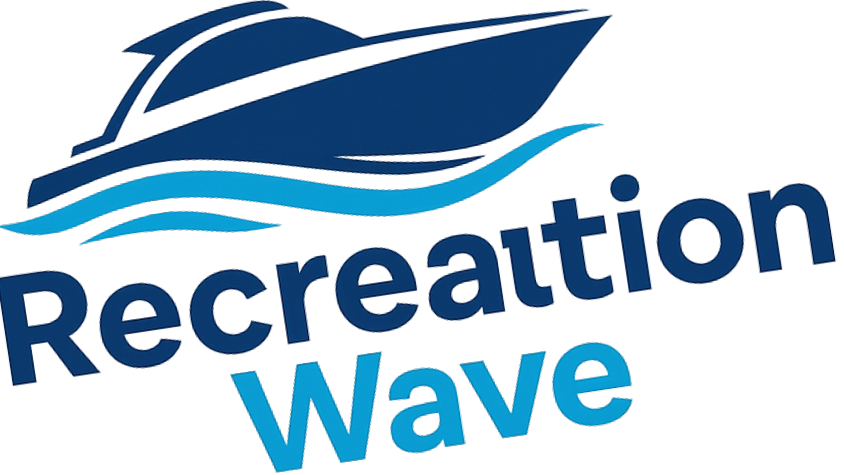
Understanding the Role of Wind in Surfing
Surfing goes beyond skill and balance; it's about understanding the ocean's natural rhythms, including the winds that shape the waves. For surfers, knowing how to read wind direction is just as crucial as mastering paddling or wave selection. Whether you’re a seasoned surfer or a novice eager to catch your first wave, learning about wind direction can make a substantial difference in your surf sessions.
Types of Winds: The Basics
In the world of surfing, there are three main types of winds that every surfer should understand:
- Offshore Winds: These winds blow from the land out to the sea. Most surfers favor offshore winds because they create cleaner, more organized waves. The wind holds the wave shape longer, leading to more predictable breaks that enhance your riding experience.
- Onshore Winds: Conversely, onshore winds blow from the ocean towards the shore, often resulting in choppy and disorganized waves. While they may not provide the ideal conditions for advanced maneuvers, onshore winds present an opportunity for beginners to practice balance and adaptability in less predictable conditions.
- Cross-Shore Winds: These winds blow parallel to the beach and can create variable conditions. Depending on local geography, cross-shore winds may or may not significantly affect the waves, offering a mixed bag of experiences for surfers.
How to Read Wind Conditions
Reading wind conditions may seem daunting, but it can be simplified with practice. Most surf forecasting platforms give directional indicators where the wind is blowing from. A simple rule to remember is that the wind direction is named for where the wind comes from; for example, a north wind blows from the north, impacting southern-facing beaches positively. Surf reports often provide a comprehensive overview of wind speed and direction—understanding this allows surfers to make informed decisions.
Wind Speed: A Key Factor
Beyond direction, the strength of the wind is equally important. Generally, wind speeds below 10 knots are ideal for a pleasant surf session. High winds can flatten smaller waves and complicate paddling, making it challenging to catch and ride waves. Therefore, gauging both wind direction and strength gives surfers a better idea of what to expect on the water.
Applying This Knowledge in Real Time
Knowing how wind affects your specific beach is essential for planning a successful surf session. Each surf spot has unique nuances influenced by local winds, which can change rapidly. As you connect with your local surf community, engage with others who share their insights on wind conditions at various beaches. Sharing experiences enriches everyone’s understanding, enhancing the joy of the sport.
Inspiring Quotes from the Ocean
“The ocean is a canvas; the waves are the brush strokes.” This quote embodies the essence of surfing. The ability to shape your surfing experience starts with understanding wind conditions. Your growth as a surfer is tied to your ability to read changing patterns in nature, enabling you to adapt and thrive when you hit the water.
A Call to Action: Embrace Your Surf Experience
Your next surfing adventure starts with understanding the winds. Use surf forecasts and local knowledge to tailor your practice sessions and build your skills in varying conditions. Engaging with your community can provide insights that elevate your experience and enhance your confidence. So grab your board, check the wind, and get out there!
 Add Row
Add Row  Add
Add 




Write A Comment